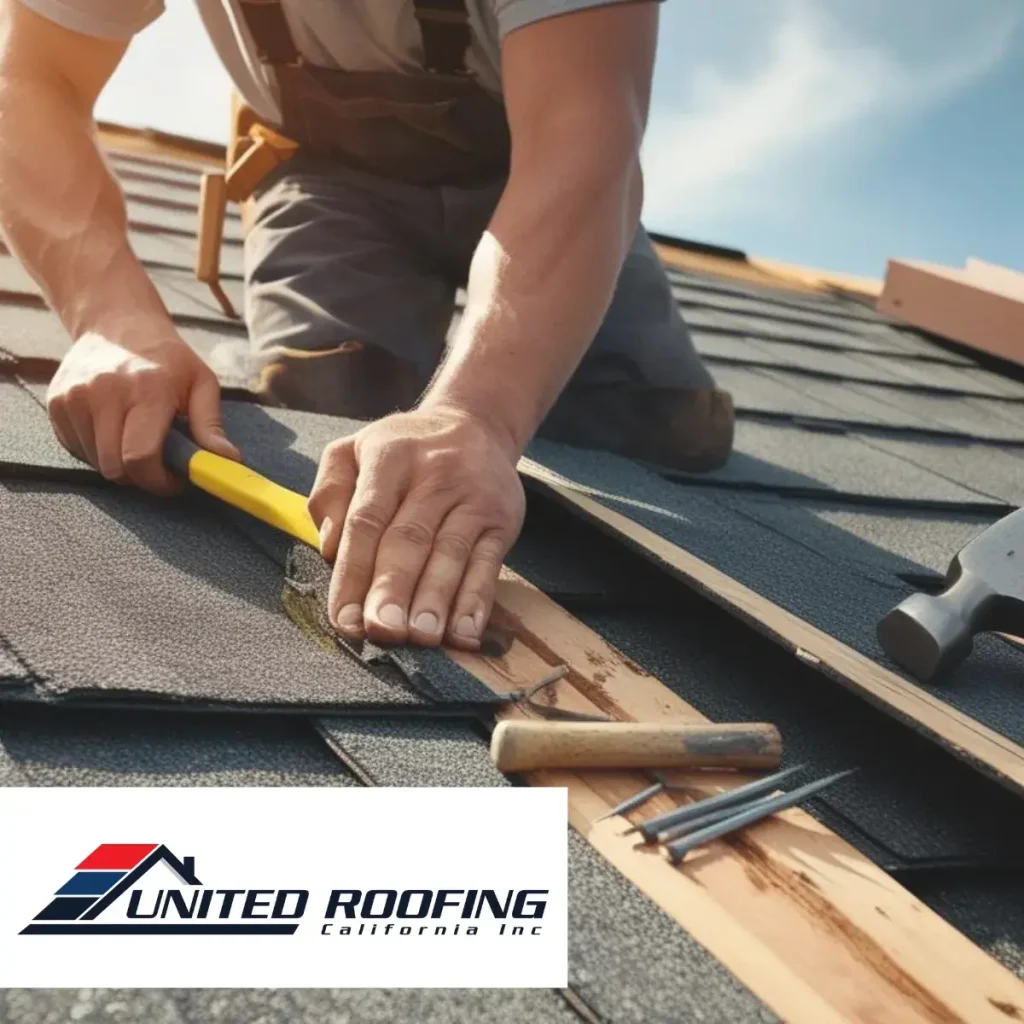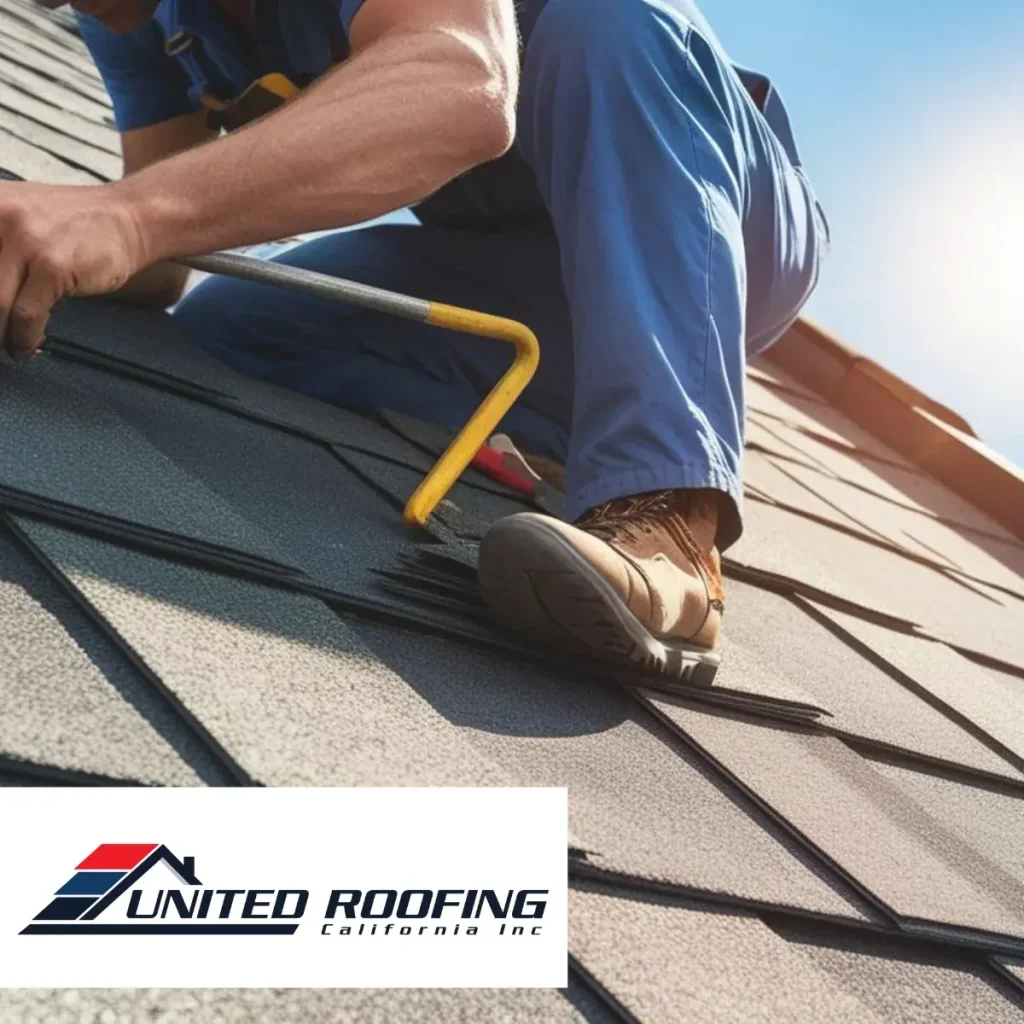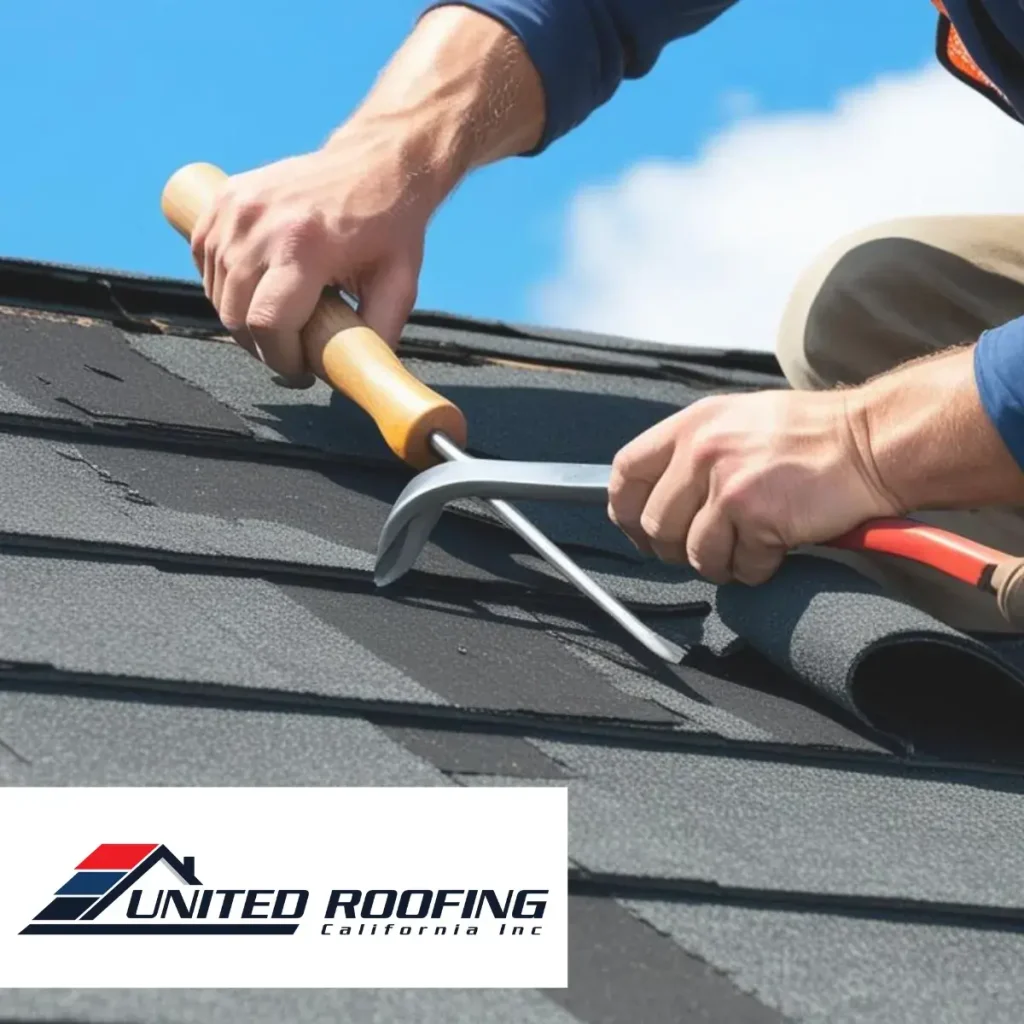A well-installed roof is essential for any commercial building, providing long-term protection, energy efficiency, and structural integrity. Whether replacing an aging roof or installing one for a new construction project, understanding the process ensures that business owners make informed decisions. A properly executed installation improves durability, minimizes maintenance costs, and enhances the overall performance of the structure.
Assessing Roofing Needs and Choosing the Right Materials
Every commercial property has unique requirements, making it crucial to assess structural needs before selecting roofing materials. Factors such as climate, building size, and budget influence the choice of roofing systems. Common options include TPO, EPDM, and metal roofing, each offering distinct advantages in durability, energy efficiency, and maintenance.
Business owners should consult with professional contractors to evaluate existing roof conditions, identify potential challenges, and determine the most suitable materials. For companies considering commercial roofing installation, selecting a long-lasting and cost-effective solution ensures optimal performance and return on investment.
Preparing the Structure and Planning for Installation
Before installation begins, proper preparation is essential to ensure structural stability and adherence to safety regulations. The existing roof may require removal or reinforcement, depending on its condition and the chosen roofing system. Contractors conduct thorough inspections to identify potential issues such as water damage, insulation deficiencies, or structural weaknesses.
Proper planning also includes coordinating with business operations to minimize disruptions during installation. Scheduling work during off-peak hours or in phases allows businesses to continue functioning while maintaining a safe environment for employees and customers. Ensuring compliance with local building codes and industry standards further guarantees a smooth and efficient installation process.
Executing the Roofing Installation with Precision
Once preparation is complete, the installation process begins with laying insulation, securing the roofing membrane, and applying necessary coatings or sealants. Each step is carefully executed to ensure weather resistance, structural integrity, and long-term durability. Professional roofing teams use advanced techniques to prevent leaks, improve energy efficiency, and enhance overall performance.
Proper ventilation and drainage systems are also critical components of a successful roofing installation. These elements help regulate temperature, reduce moisture buildup, and prevent premature deterioration. Investing in high-quality materials and expert craftsmanship ensures that businesses receive a reliable roofing system designed for long-term use.
Final Inspections and Ongoing Maintenance
After installation, thorough inspections verify that the roofing system meets industry standards and manufacturer specifications. Contractors conduct quality checks, test for leaks, and confirm proper drainage to ensure optimal performance. Business owners receive maintenance recommendations to extend the roof’s lifespan and prevent costly repairs.
Regular inspections and proactive upkeep play a vital role in preserving the integrity of a commercial roof. Routine maintenance includes clearing debris, checking for signs of wear, and addressing minor issues before they escalate. For companies committed to long-term property protection, partnering with a trusted commercial roofing service provider ensures ongoing support and durability.
Investing in a well-planned and professionally installed commercial roof safeguards businesses from structural damage, enhances energy efficiency, and provides lasting protection. By understanding each stage of the installation process, business owners can make informed decisions that align with their budget and operational needs, ensuring a reliable and high-performing roofing system for years to come.
Learn More
How to Prepare Your Commercial Building for a New Roof Installation




